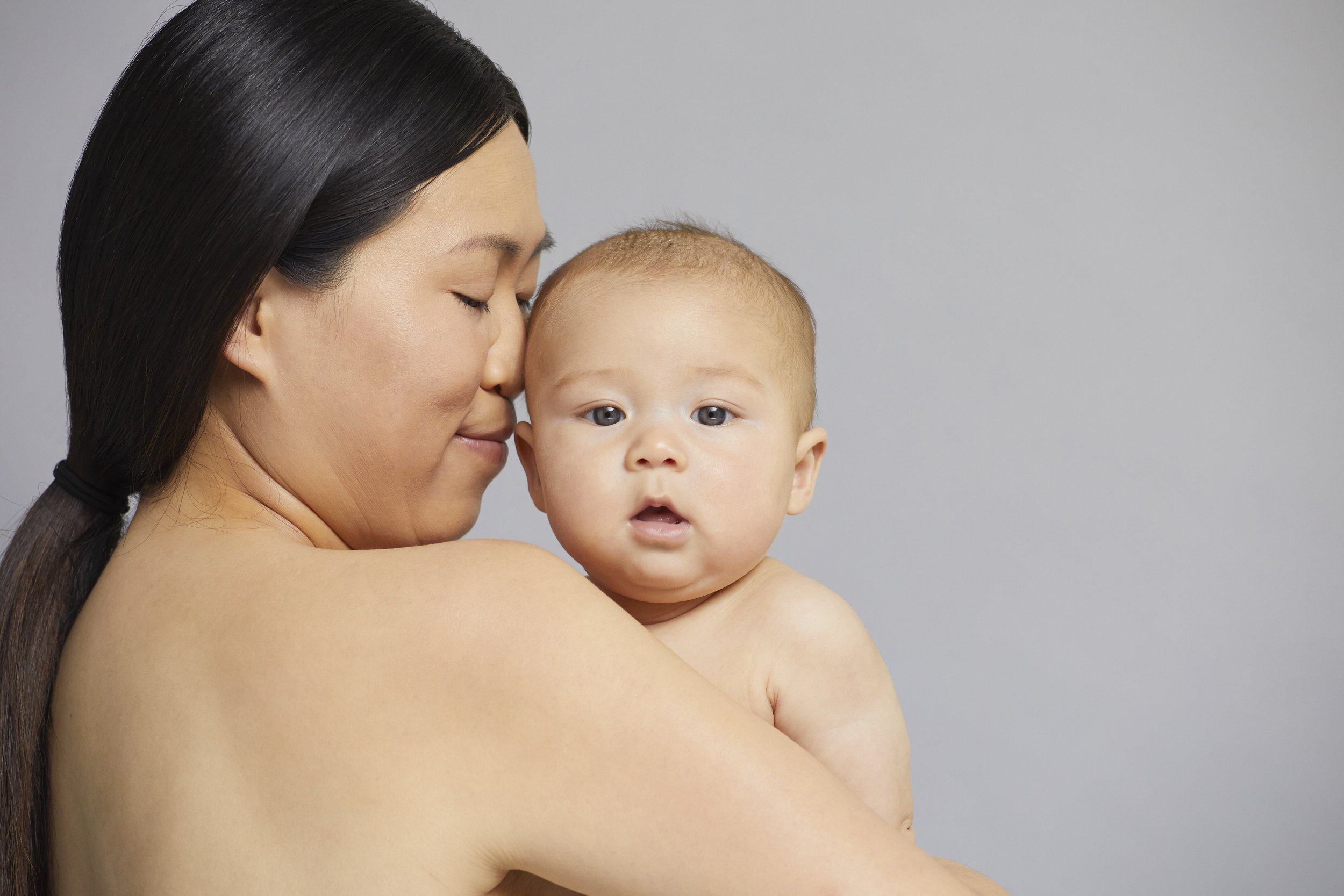Many daughters of narcissistic parents ask whether the impact is different depending on whether the narcissistic parent was the mother or the father. The answer is yes — not because one is “worse,” but because the roles themselves shape the wound.
Introduction: Two Wounds, Two Pathways
Narcissistic mothers and narcissistic fathers both wound their children, but they tend to do it in different ways. In our society, mothers are usually the central figure in early attachment. Their faces, voices, and touch form the foundation of how a child experiences safety and the social environment. Fathers, by contrast, often carry symbolic weight — authority, approval, and the power to validate or withhold recognition.
When either parent is narcissistic, shame becomes the inheritance. But the texture of the wound differs, shaped by social expectations of mothers versus fathers, and by the roles they play in the family system.
Narcissistic Mothers: The Shame Atmosphere
Because mothers are usually the primary caregivers in infancy, their faces, voices, and touch are central to an infant’s regulation. The developing brain is highly dependent on a major attachment figure in these early years, developing in response to the caregiver’s responsiveness, their presence or absence. This experience-dependent development sets the stage for our experience of self and for how emotions and relationships will be navigated later on.
When a mother is narcissistic, her emotional instability, contempt or withdrawal doesn’t just hurt emotionally — it cuts into the very foundation of the child’s sense of safety.
In some cases, the infant learns that reaching for comfort risks rejection or ridicule.
Daughters of narcissistic mothers often grow up with shame as an imprint on their identity: the dropped gaze, the collapsed posture, the silence that keeps them safe.
In adulthood, this early imprint often shows up as difficulty trusting intimacy, perfectionism, or the chronic fear of being “too much.”
The wound here is atmospheric — shame becomes the background climate of everyday life.
“A narcissistic mother sees her child as an extension of herself, not as an individual with their own needs and desires.”
Although both narcissistic parents undermine the child’s emotional development, the maternal wound is typically felt in the body — through early shame, collapse and hypervigilance in relationships. The paternal wound is typically felt through our social identity — through achievement anxiety, fear of failure and the internalised critic. Understanding how these wounds differ helps daughters make sense of patterns they often feel but can’t articulate.
If you’re beginning to see these patterns in your own family, I’ve created a free guide to recognising the key traits of narcissistic parents. You can download it here.
Narcissistic Fathers: The Internal Drill Sergeant
Fathers may be less involved in day-to-day care, but they often dominate through authority. Social norms still position fathers as figures of power, approval, and protection - they are often seen as the parent who inhabits the larger world. When a father is narcissistic, his arrogance, harsh criticism, or impossible standards carry enormous symbolic weight.
The child can feel invisible unless they perform in a way that meets his approval.
Daughters can internalise his voice as a relentless critic, equating worth with performance.
Sons may feel pressured to emulate dominance, silencing tenderness or vulnerability.
““The scapegoated child is the one who is ultimately the greatest threat to a narcissist’s false sense of self-importance, and so that child will be the one to be discarded and rejected.”
”
Where a narcissistic mother generally disrupts intimacy and safety, a narcissistic father often undermines autonomy and confidence. Both routes converge on chronic shame, but the “flavour” differs — one is tied to fear of exposure, the other to fear of failure.
Of course, these are generalisations. The reality for most children of narcissists is that they endure a childhood where toxic dynamics dominate the family home and repair is seldom available.
Gender Roles and Identity
Parenting roles are shaped not only by individual personalities but by cultural expectations. Mothers are often measured against ideals of nurture and emotional availability; fathers against ideals of authority and strength. When these roles are distorted by narcissism, children are shamed not just for their behaviour but for how they measure up against gendered expectations.
A narcissistic father may mock weakness, demand toughness, or equate worth with success. Daughters may grow up seeking male approval while fearing exposure, while sons may suppress sensitivity or creativity to appear strong.
A narcissistic mother may compete with her daughter for attractiveness or attention, especially during adolescence. This erodes body confidence and entangles shame with femininity and self-worth.
These dynamics shape gender identity and even sexual identity. A daughter might internalise the belief that her appearance is her only value. A son might feel he must dominate to be accepted. In both, shame becomes fused with the deepest layers of self-expression.
Inner Mother vs Inner Father
Children of narcissists often describe carrying two internalised voices:
The inner mother whispers: “You are too much, too needy.”
The inner father insists: “You are not enough, you must do more.”
Together, these voices create a double bind. In adulthood, they may drive you to over-perform, hide vulnerability, or silence needs. Even when only one parent was overtly narcissistic, the cultural expectations of “mother” and “father” often mean both voices are present in some form.
Bringing these inner parents into awareness — naming them as echoes rather than truths — is the first step toward loosening their grip.
If you’re starting to see these patterns in your own family roles, my post on scapegoat vs golden child gives a clearer picture of how these dynamics evolve over time. You can read it here.
How the Wounds Diverge in Adulthood
From mothers: difficulty trusting closeness, chronic fear of exposure, shame triggered in intimacy and caregiving roles.
From fathers: fear of failure, relentless self-criticism, shame triggered in achievement and autonomy.
Shared outcome: both converge in the core conviction, “I am not enough.”
It is important to note that not all narcissistic mothers are primarily emotional or contemptuous; some are driven by status and achievement. Likewise, not all narcissistic fathers are overtly authoritarian; some are covertly dependent or fragile. But in both cases, the child grows up without a secure model of love that is steady, unconditional, and safe.
If you’d like to explore these patterns in more depth — including shame, early relational wounds, and strategies for changing lifelong patterns — my ebook bundle expands on these themes with detailed clinical guidance.
More on Narcissistic Family Dynamics
If you’re mapping patterns and trying to make sense of the different roles within a narcissistic family system, these articles may help:
Understanding how each parent shapes the wound gives you a clearer map of your own developmental history. The next layer involves how these narcissistic dynamics interact with gender, sexuality, and competition within the family system — patterns that often influence adult relationships far more than we realise.
Competition and Gender/Sexual Identity
Competition inside narcissistic families often becomes the lens through which gender and sexual identity are shaped, distorting how children understand themselves and their place in relationships. Fathers may compete with sons for dominance or with daughters for attention. Mothers may compete with daughters for youthfulness or attractiveness. These dynamics erode confidence and entangle shame with gender or sexual identity.
A daughter may learn that being noticed by men is dangerous because it triggers maternal jealousy. A son may learn that vulnerability is dangerous because it invites paternal contempt. These patterns leave lasting imprints on adult relationships, sexuality, and self-expression.
Shared Family Dynamics
In many narcissistic families, one parent ridicules or withdraws while the other enforces impossible standards. Children are cast into roles — golden child, scapegoat, or invisible one — not as reflections of who they are, but as strategies to keep the family system intact.
Recognising these roles for what they are is a step toward loosening their grip: you were not born into a role; you were cast in one.
Closing Reflection
Whether the narcissistic wound came through a mother’s withdrawal or a father’s criticism, the long-term imprint is similar: chronic shame woven into the fabric of identity. The pathways differ — one disrupts intimacy and emotional safety, the other undermines autonomy and confidence — but both leave children without a steady model of love that is dependable, attuned, and secure.
Naming the differences is not about blame. It is about clarity. When you understand how the wound was shaped — through contempt, criticism, competition, or impossible standards — you can begin to direct your recovery with precision and compassion.
If you’re ready for personalised support, I offer one-to-one therapy and coaching for daughters and sons of narcissistic parents. Together, we can work on loosening shame’s grip and building a life organised around dignity and self-worth.
MORE FROM THE RECOVERY ROOM BLOG


















Narcissistic mothers and fathers wound their children in different ways — one through early attachment, the other through authority and control. This post explores how these patterns shape shame, identity, and adult relationships, and what clarity can mean for healing.